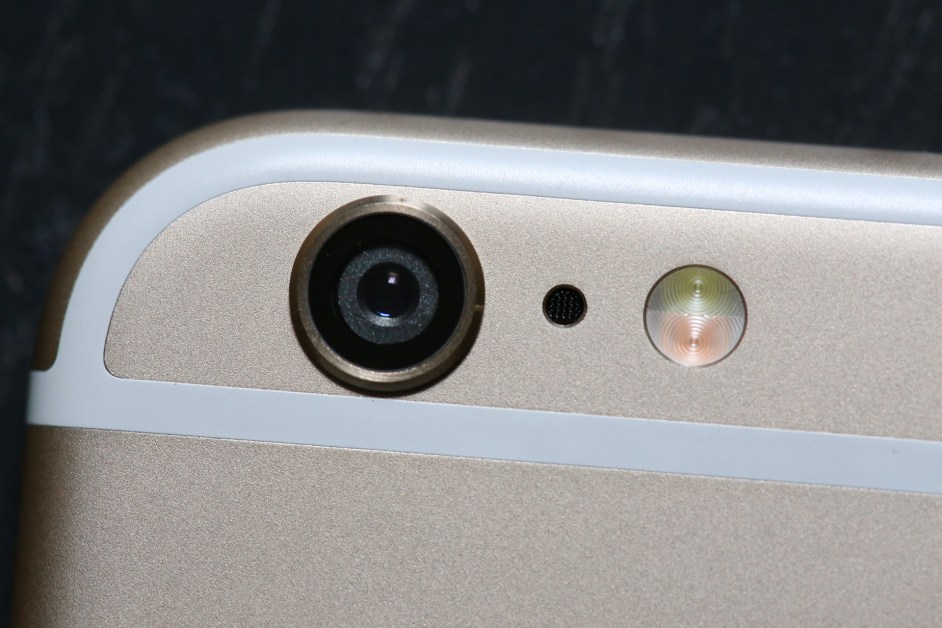
Apple has secured a new patent (via AppleInsider) for a special three sensor camera designed for thin, wireless devices like the iPhone. The three sensors would each capture a separate color component, as divided by a special light-splitting cube that would divide up light entering the camera into red, green and blue (or other color set) wavelengths.
Why? Better resolution and lower noise since they don’t need special filters or algorithms to separate out the color information of a captured image on a pixel-by-pixel basis. Using this tech, Apple would potentially be able to boost the image quality of its mobile cameras, especially in video capture scenarios.
This would be a much more expensive technology to implement vs. current iPhone camera arrays, and its component parts would likely also take up more space inside the case, something Apple typically wants to avoid. But more accurate colors and better low-light performance might balance out those downsides, depending on how much Apple can minimize the parts required.
Apple has been pushing its camera tech further with each successive generation of the iPhone, making sure that it remains generally considered among the best smartphone cameras available. It’s the most-used camera on the planet, according to Flickr’s stats, and it’s not surprising to see them searching ways to continue to press their lead.
Comments
Post a Comment